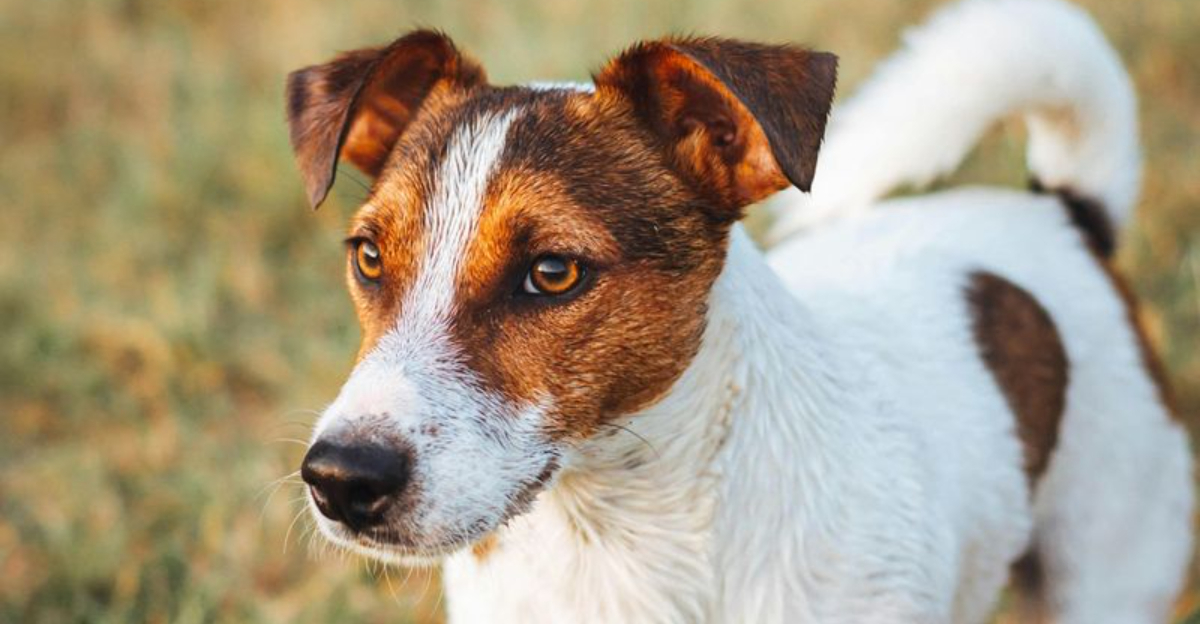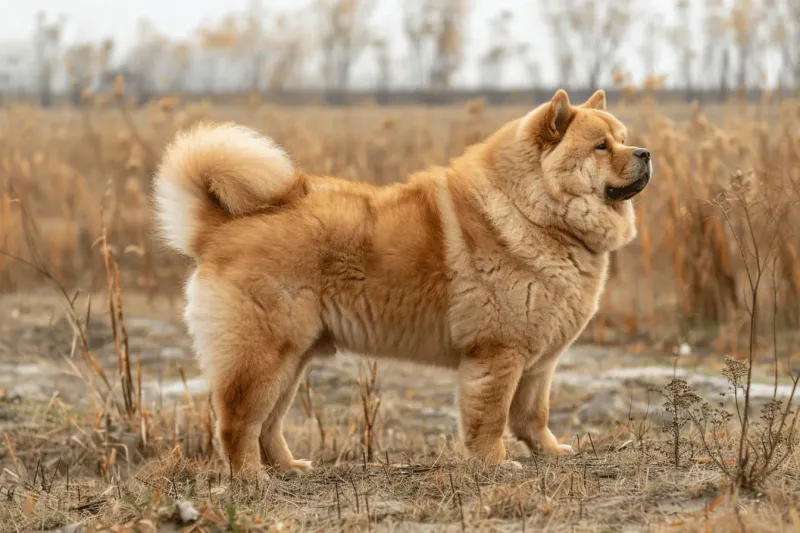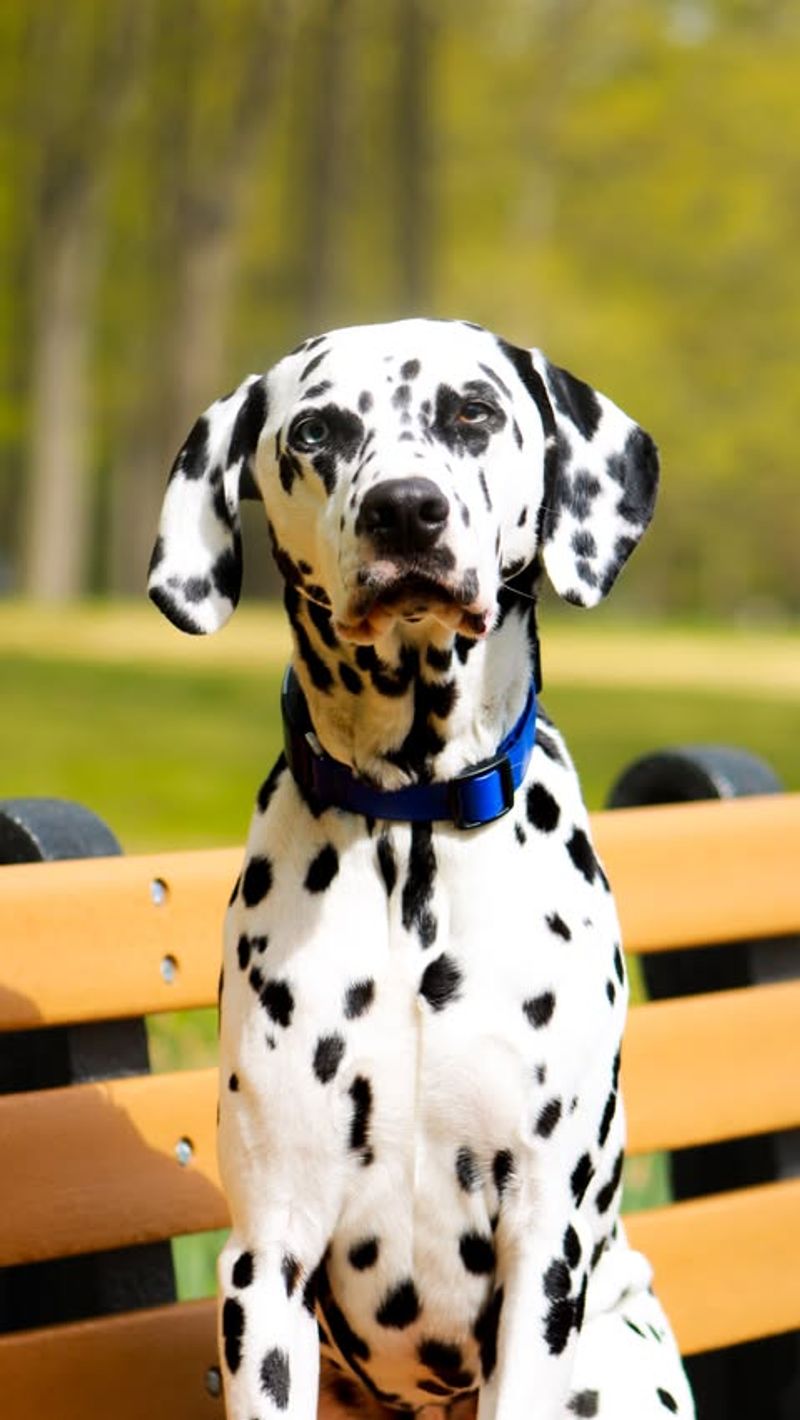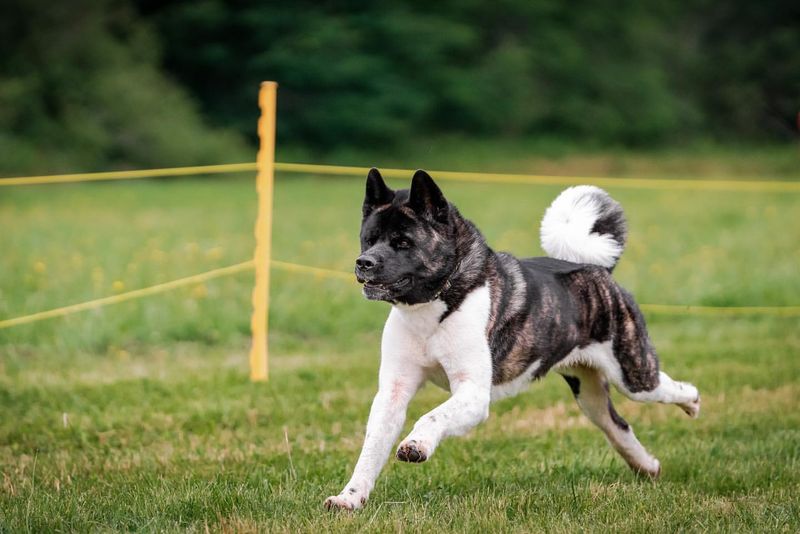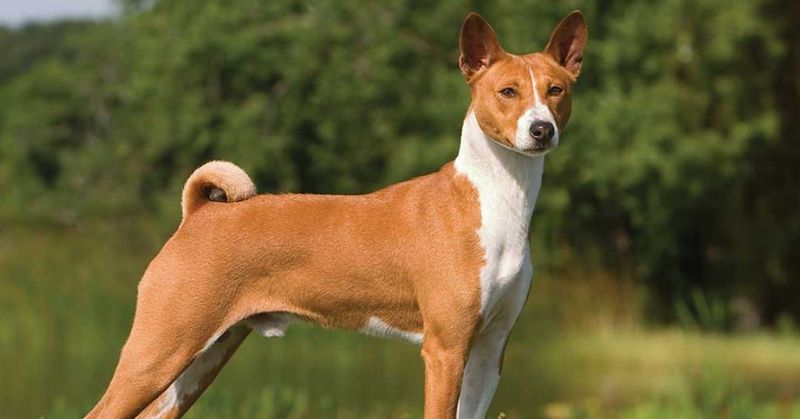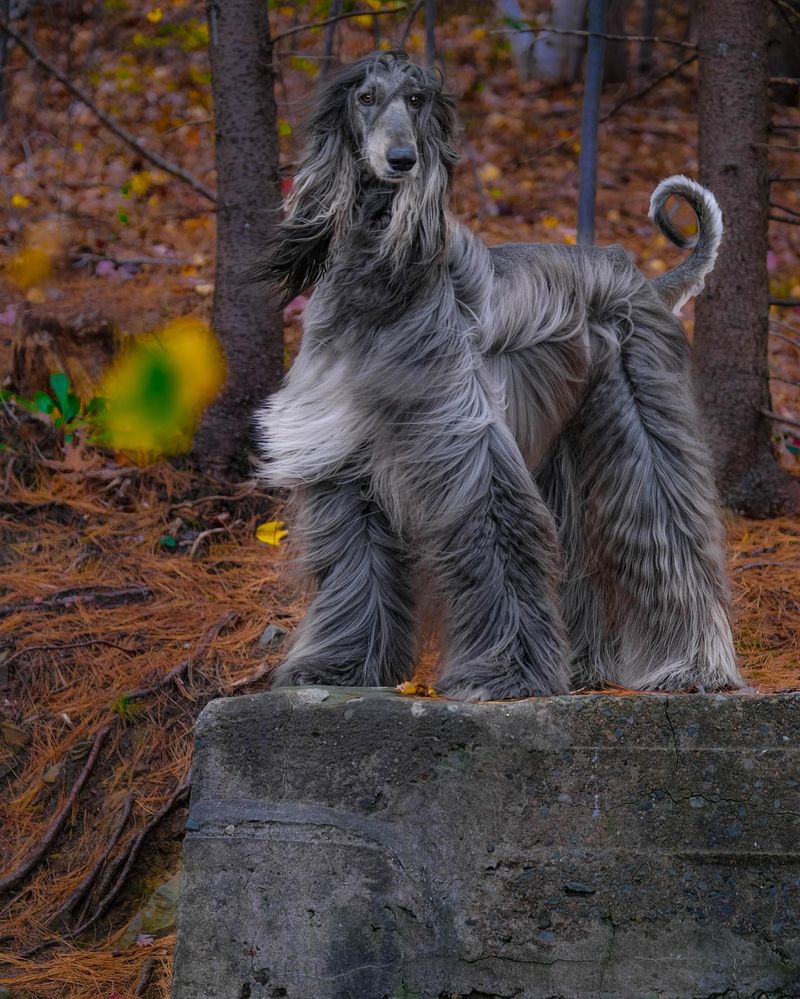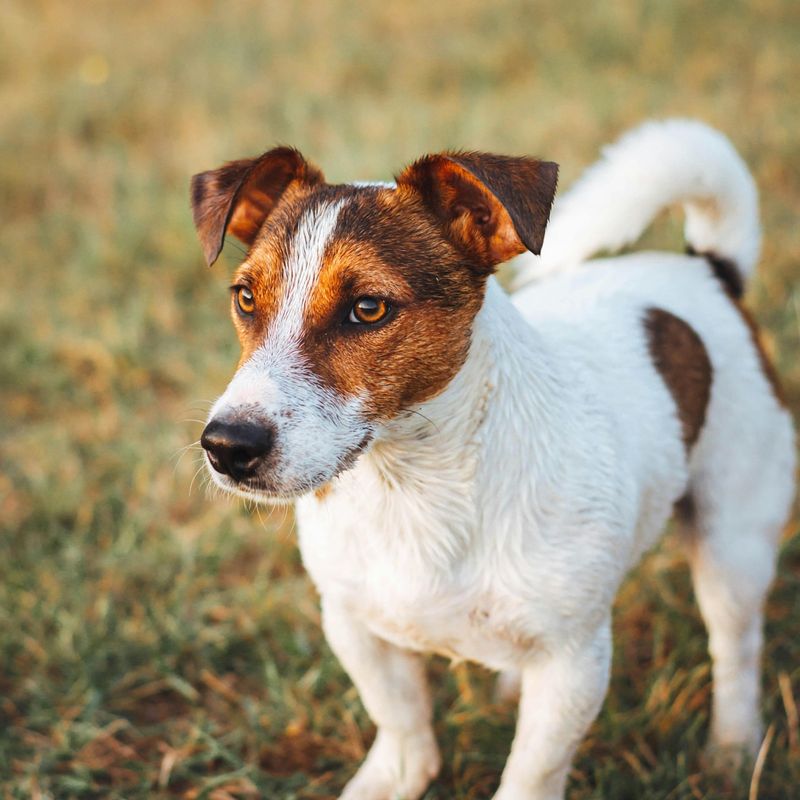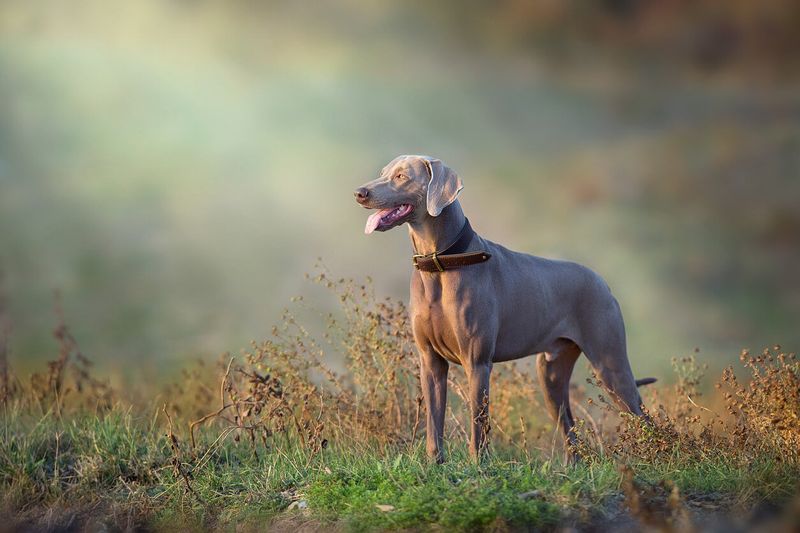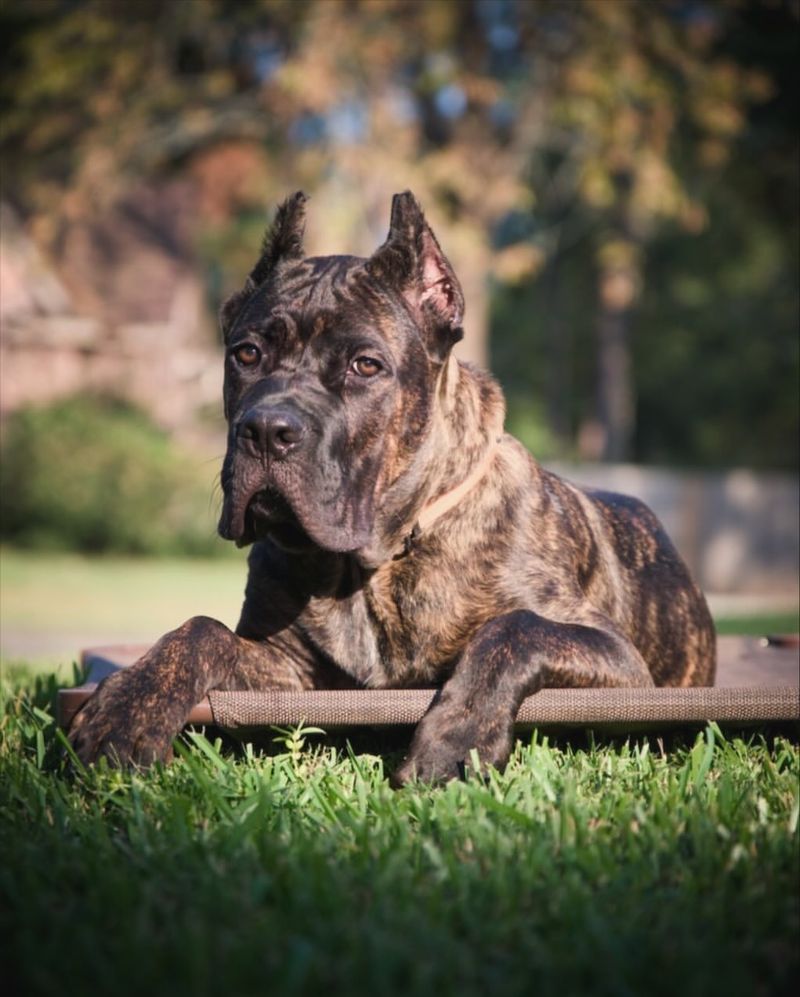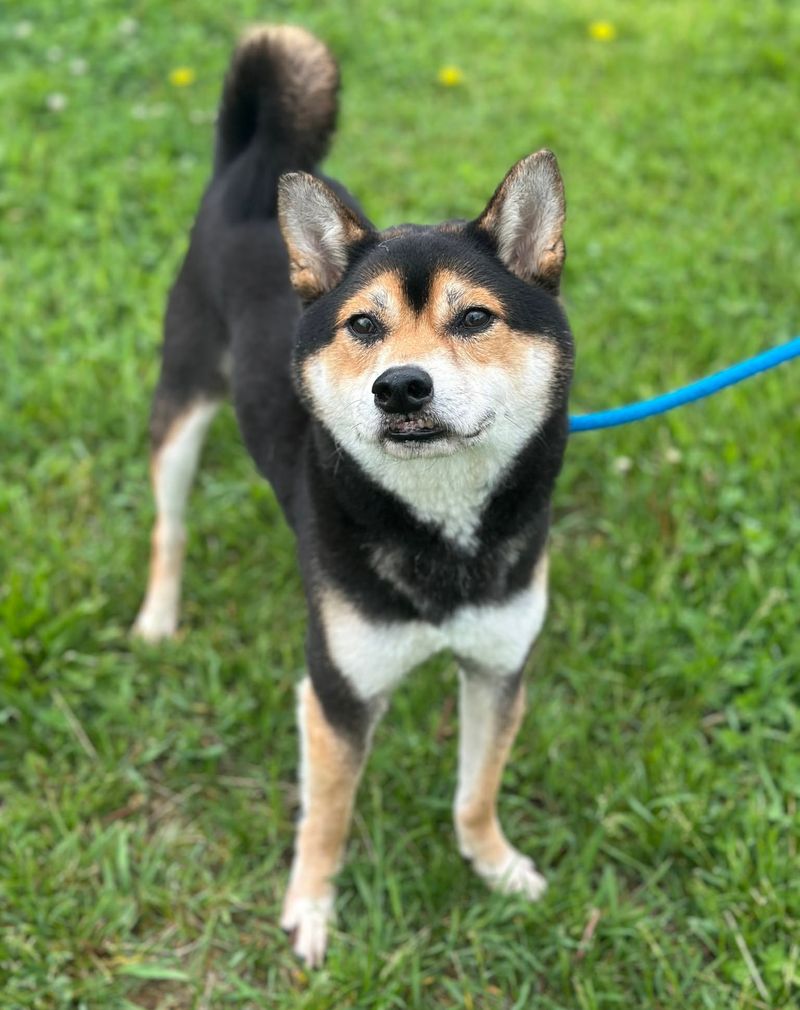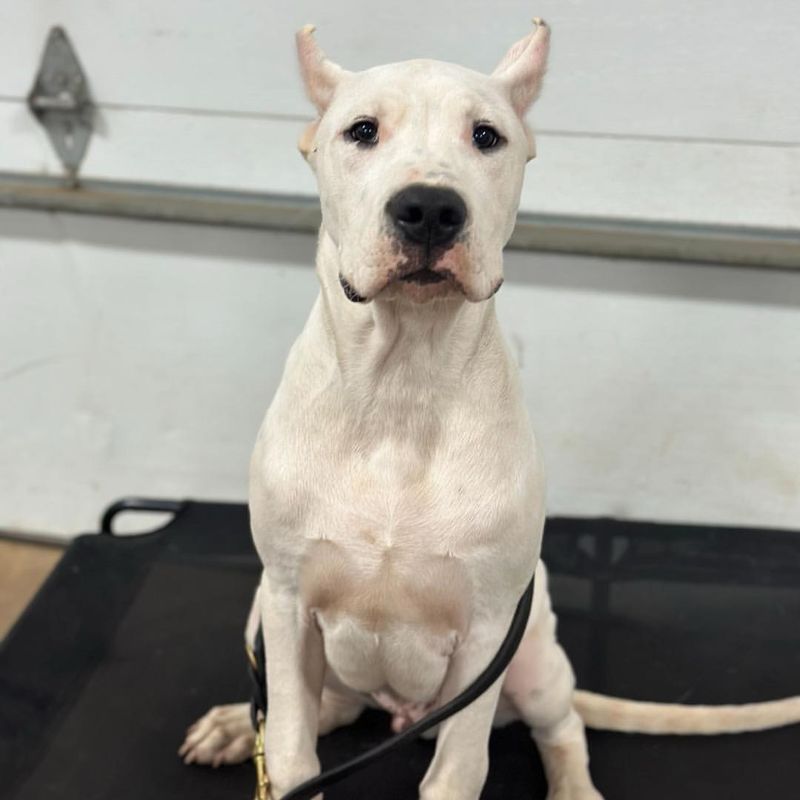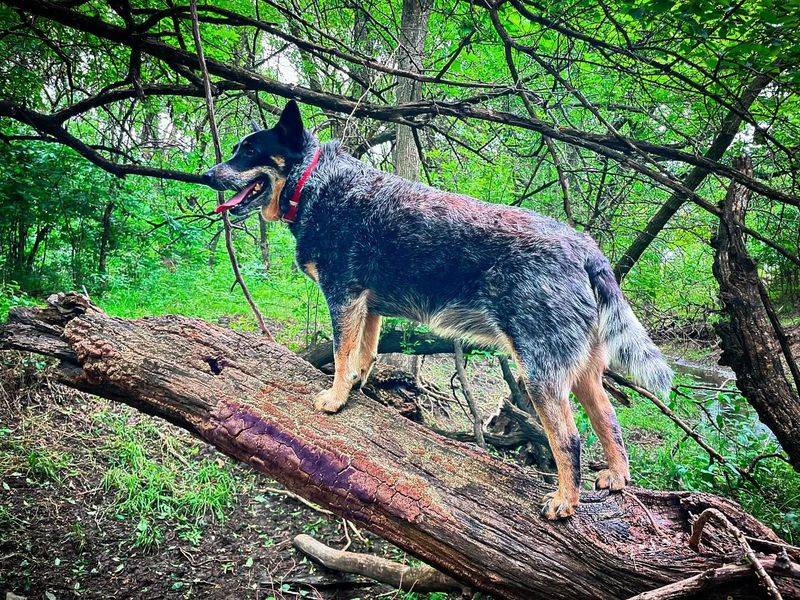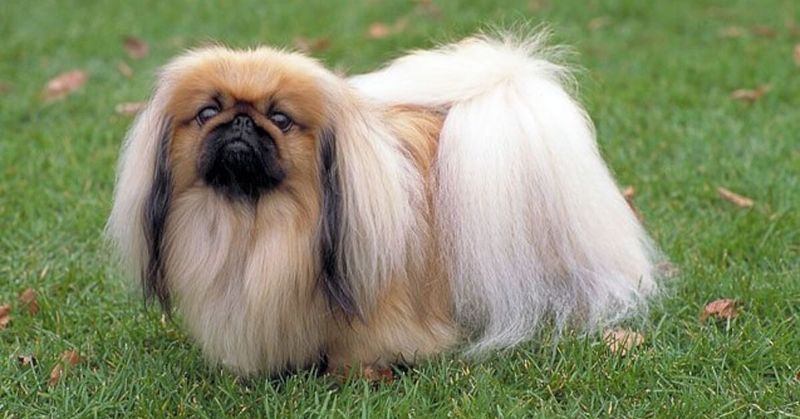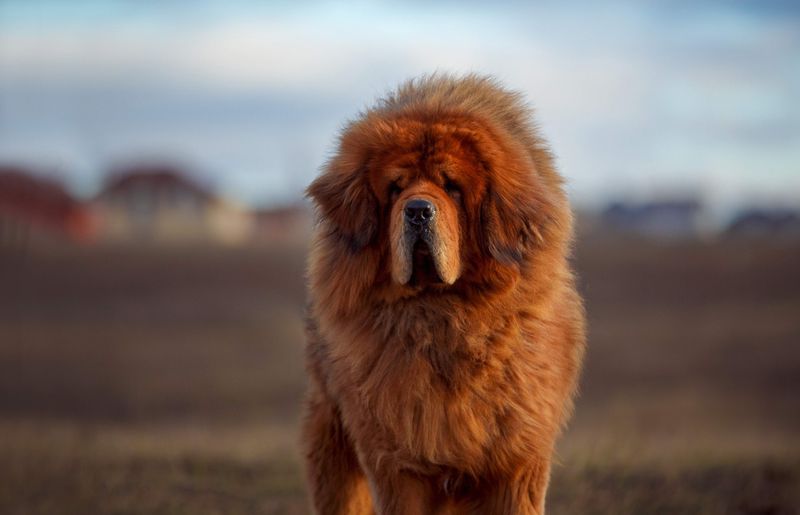Selecting a dog breed suitable for a family can be daunting. While many breeds are known for their family-friendly traits, others might present challenges unsuitable for certain households. This article explores 16 breeds that, due to their specific needs or characteristics, may not be the best choice for every family setup.
Chow Chow
With a mane reminiscent of a lion, the Chow Chow can be as independent as it appears majestic. These dogs often have a mind of their own and can be aloof with strangers, making them less ideal for families seeking a sociable pet.
Chow Chows require consistent training and socialization from an early age. Without these, they might exhibit stubborn or possessive behaviors, which can be challenging for families with children.
Additionally, their dense coat demands regular grooming. Thus, potential owners should be prepared for the time and effort needed to maintain their pet in top condition.
Dalmatian
Known for their striking spots, Dalmatians are full of energy and require ample exercise to remain happy. However, their high energy levels might overwhelm families who cannot commit to regular, intense activity sessions.
Originally bred as carriage dogs, Dalmatians may also display a protective nature, which can translate into stubbornness during training. Without proper guidance, they might become challenging to manage.
Furthermore, they are prone to certain health issues, including deafness. Therefore, families considering a Dalmatian should be prepared for potential medical needs.
Akita
The Akita, with its dignified presence, is a breed known for loyalty yet reserved interactions with strangers. Their independent nature might not suit families expecting a dog eager for constant interaction.
Akitas need firm and consistent training to prevent dominance issues. Without it, they may become challenging companions, especially in households with small children.
Their thick double coat requires regular grooming, particularly during shedding seasons. Prospective owners should consider the time commitment needed for care and training when welcoming an Akita into their home.
Basenji
Famous for its “barkless” nature, the Basenji communicates with unique yodel-like sounds. While intriguing, this trait doesn’t compensate for its high energy and need for mental stimulation.
Basenjis are known escape artists, so secure fencing is a must for any yard. Their independent spirit demands patience during training, as they aren’t typically as eager to please as other breeds.
Families with limited time for physical and mental exercise should reconsider choosing a Basenji, despite its alluring quietness.
Bulldog
With its distinctive wrinkled face and stocky build, the Bulldog is a symbol of relaxation. However, this breed’s laid-back nature comes with a downside.
Bulldogs often experience breathing difficulties due to their flat faces, making them unsuitable for active families or those living in hot climates. They also tend towards obesity if not monitored closely.
While they may suit a family looking for a calm companion, potential health issues and exercise limitations should be carefully considered before adopting a Bulldog.
Border Collie
Border Collies are renowned for their intelligence and herding instincts, excelling in environments where they can exercise these traits. However, they may not be the best fit for every family.
Their high energy and need for mental stimulation require owners committed to regular, structured activities. Without these, Border Collies might develop undesirable behaviors, such as excessive barking or destructive tendencies.
For families unable to meet their demands, their intelligence and energy could become more of a burden than a blessing.
Afghan Hound
The Afghan Hound is a true representation of elegance, with its long, flowing coat and graceful demeanor. Yet, this beauty comes with a set of challenges.
Afghan Hounds are known for their independent and aloof nature, which might not match a family’s desire for a cuddly companion. Their grooming needs are extensive, requiring dedicated time for maintenance.
Additionally, their prey drive is high, and they may not respond well to recall commands, making them unsuitable for families without secure outdoor spaces.
Jack Russell Terrier
Packed with energy and determination, the Jack Russell Terrier is a small dog with a big personality. These terriers are known for their lively and intelligent nature.
However, their high energy can be overwhelming for families unable to provide regular physical and mental stimulation. Left unengaged, they might resort to digging or other destructive behaviors.
Jack Russells also have a strong prey drive, making them less suited to homes with small pets. Their tenacity requires consistent training to ensure they remain well-behaved companions.
Weimaraner
With a sleek, silvery coat, the Weimaraner is both elegant and energetic. These dogs thrive on activity and require ample exercise and mental challenges.
Weimaraners can become anxious if left alone for extended periods, making them unsuitable for families unable to provide constant companionship. Their strong hunting instincts might also pose challenges for households with small pets.
For those who can meet their needs, they are loyal companions, but the demands of their active lifestyle should not be underestimated.
Cane Corso
The Cane Corso is a powerful breed known for its protective nature and loyalty. While these traits might appeal to some, they can pose challenges for families.
This breed requires consistent training and socialization to manage its natural guarding instincts, which might be overwhelming in a family setting. Cane Corsos are not ideal for novice owners or those lacking time for dedicated training.
Their strong will and need for leadership necessitate a firm, experienced hand to ensure they integrate well within a family environment.
Shiba Inu
Shiba Inus are known for their spirited personality and fox-like appearance, capturing the hearts of many. However, their independent nature can be a challenge for inexperienced dog owners.
They are often aloof with strangers and can be difficult to train due to their stubborn streak. Shiba Inus require patient and consistent training to become well-mannered pets.
Their escape artist tendencies mean secure yards are essential. Families should carefully consider whether they can meet the unique challenges of this captivating breed.
Dogo Argentino
Bred for big game hunting, the Dogo Argentino is a powerful breed with a muscular build and strong instincts. This makes them unsuitable for families without experience in handling dominant dogs.
They require an owner who can provide firm leadership and extensive training to harness their protective nature. Without this, their strength and instincts might become overwhelming.
Additionally, early socialization is crucial to ensure they are well-adjusted in various environments. The Dogo Argentino’s needs and characteristics should be carefully weighed before bringing one into a family.
Alaskan Malamute
The Alaskan Malamute, with its strength and endurance, is a true working dog. Their ability to pull heavy loads is impressive but comes with specific considerations.
Malamutes require plenty of exercise and mental stimulation to satisfy their working instincts. Families unable to meet these needs might find their Malamute becoming bored and destructive.
Additionally, their independent nature means they benefit from firm, consistent training. Prospective owners should be well-prepared for the commitment required to keep a Malamute happy and well-adjusted.
Australian Cattle Dog
Australian Cattle Dogs are intelligent and energetic, bred for herding livestock with precision. Their high energy levels require significant exercise and stimulation.
Without a job or structured activities, these dogs might channel their drive into undesirable behaviors. They are not suitable for families unable to provide constant activity and interaction.
Additionally, their strong herding instincts can manifest as nipping or chasing, potentially troublesome in homes with young children. A commitment to training and exercise is crucial when considering this breed.
Pekingese
The Pekingese, with its regal appearance and flowing mane, was once a prized companion in Chinese imperial courts. While their appearance is captivating, they may not suit every family.
Pekingese dogs are known for their independent and sometimes stubborn nature, requiring patience during training. Their lavish coat demands regular grooming to keep them looking their best.
Potential owners should consider whether they can provide the grooming and training attention needed. This breed’s personality and care requirements can pose challenges in more casual or busy households.
Tibetan Mastiff
The Tibetan Mastiff, a majestic giant with an independent streak, isn’t for everyone. Its imposing stature and deep bark are reminiscent of its ancient role as a guardian of Himalayan monasteries.
This breed demands respect and understanding, often aloof with strangers but intensely loyal to family. It’s not just a pet; it’s an experience, requiring space and time for training.
Did you know? Tibetan Mastiffs are known to have a ‘lion’s mane’ around their necks, adding to their regal appearance. Despite their grandeur, they’re best suited for experienced owners ready for the commitment.
